A new Dartmouth study in the journal Science Advances suggests that how well people with diabetes manage their blood sugar depends on their experience with the condition and their overall success in controlling their glucose levels, as well as on the season and time of day.
Tag: Glucose
Cooperation between muscle and liver circadian clocks, key to controlling glucose metabolism
Collaborative work by teams at the Department of Medicine and Life Sciences (MELIS) at Pompeu Fabra University (UPF), University of California, Irvine (UCI), and the Institute for Research in Biomedicine (IRB Barcelona) has shown that interplay between circadian clocks in liver and skeletal muscle controls glucose metabolism.
New Penn Medicine Study Uncovers Key Details of Fat Cells, Advancing Potential Treatments for Obesity, Diabetes
New research has unlocked insights into how “good fat” tissue could potentially be harnessed to combat obesity and remove glucose from the blood, helping to control diabetes. Published today in Science Advances, the work is a collaboration between researchers with the Perelman School of Medicine at the University of Pennsylvania and University of Cambridge, Free University of Brussels and University of East Anglia.
New study finds that Fitterfly Diabetes Digital Therapeutics Program Improves Blood Sugar Levels and Promotes Weight Loss in Patients With Type 2 Diabetes
Fitterfly’s diabetes digital therapeutics program shows real-world effectiveness in improving glycemic control and weight management among people with type 2 diabetes mellitus
Starved yeast poisons clones
When starved of glucose, yeast kills its own clones and other surrounding microorganisms to survive in a newly discovered phenomenon named latecomer killing.
Texas Tech Researcher: Peanuts Help Weight Loss, Blood Pressure, Glucose Levels
Kristina Petersen was part of the study from the University of South Australia.
New Processing Technique Could Make Potatoes Healthier
Researchers announced early tests of a new potato processing technique designed to make our bodies digest potato starch more slowly.
Telemedicine, continuous glucose monitoring mitigated effects of pandemic on children with diabetes
The rapid adoption of telemedicine and increased use of continuous glucose monitoring helped to attenuate the impacts of the COVID-19 pandemic on children with Type 1 diabetes, according to a new study from UT Southwestern researchers.
No more finger pricks: a continuous glucose monitor benefits patients with diabetes in more ways than one
For adults with type 2 diabetes, pairing basal insulin with continuous glucose monitoring improved blood sugar and quality of life.
New Research Examines the Science Behind Superfoods
Superfoods like turmeric and honey have long been recognized for their ability to promote health and wellness. New studies being presented at NUTRITION 2021 LIVE ONLINE take a closer look at the science behind the health benefits of superfoods.
Cancer has ripple effect on distant tissues
A new study with zebrafish shows that a deadly form of skin cancer — melanoma — alters the metabolism of healthy tissues elsewhere in the body. The research from Washington University in St. Louis suggests that these other tissues could potentially be targeted to help treat cancer.“Tumors rely on a constant supply of nutrients to grow.
Lifestyle Interventions to Reduce Blood Sugar: Don’t Forget Resistance Exercise
In the past 30 years, prediabetes (elevated fasting or post-meal blood sugar below the levels required for diagnosis of type 2 diabetes) has grown into a major epidemic affecting nearly one in three adults. Previous studies have shown that combining…
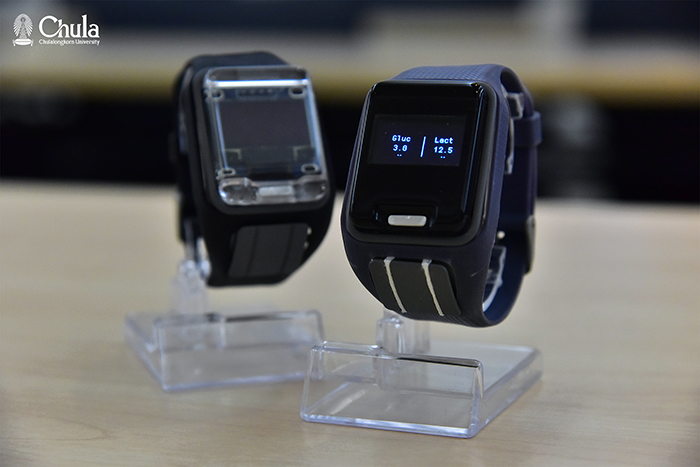
“Smartwatch to Measure Blood Glucose from Sweat” – A Chula Innovation for Healthcare
No more worries for diabetics with weak muscles. The Metallurgy and Materials Science Research Institute, Chulalongkorn University will soon launch a cutting-edge, health innovation – a wristwatch that can check blood sugar levels from sweat in real-time. It’s accurate, not painful, less expensive, and can replace imported equipment. It is expected to be available on the market soon.
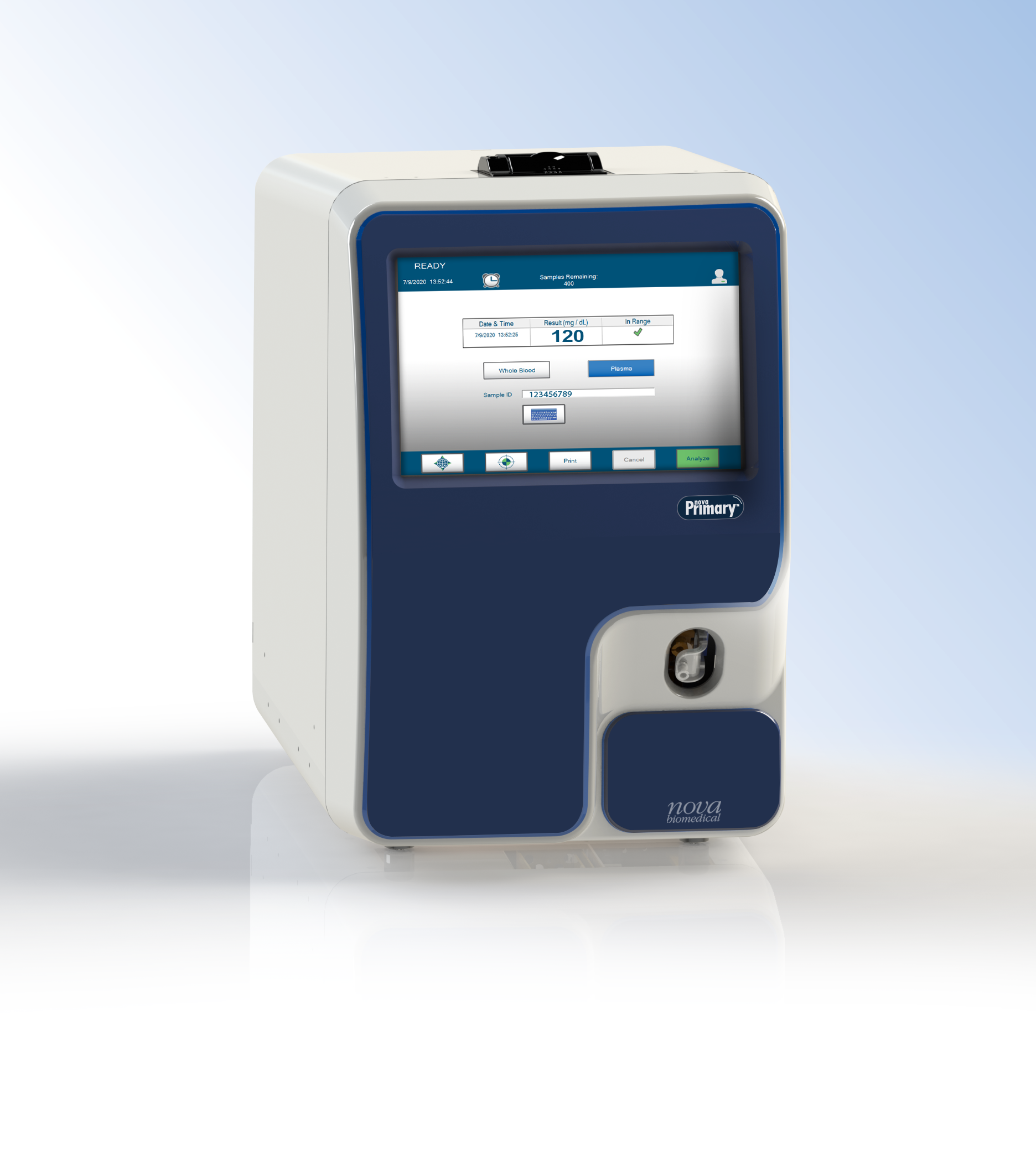
New Laboratory Blood Glucose Reference Analyzer from Nova Biomedical
New glucose reference correlation analyzer replaces “gold standard” YSI 2300
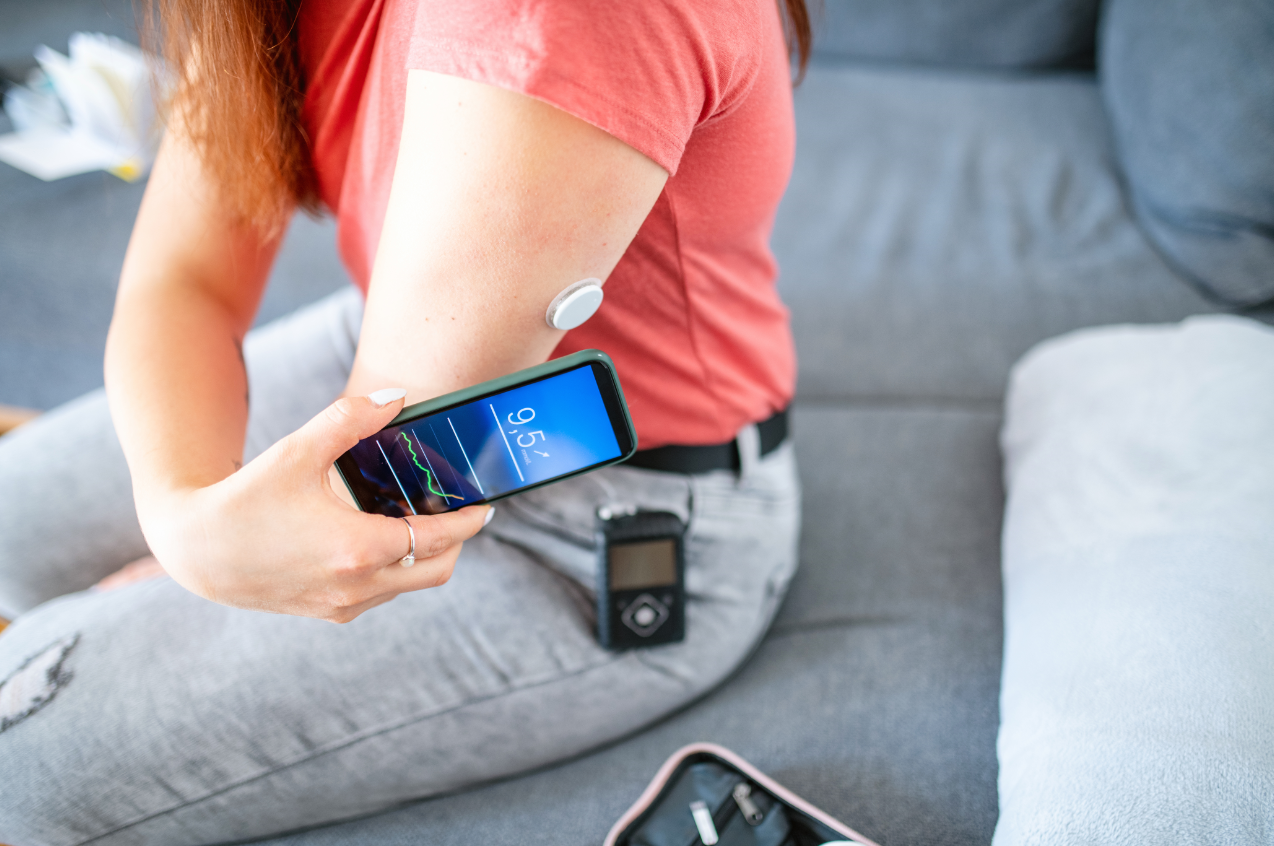
Raising Awareness During Diabetes Awareness Month – Adult and Pediatric Diabetes Experts Available
More than 34 million people in the U.S, or 10.5% of the population, have diabetes, according to the Centers for Disease Control and Prevention. And as many as 7 million more Americans have the disease and don’t know it. Diabetes is the seventh-leading cause of death in the country..
How Did Red Algae Survive in Extreme Environments?
Red algae have persisted in hot springs and surrounding rocks for about 1 billion years. Now, a Rutgers-led team will investigate why these single-celled extremists have thrived in harsh environments – research that could benefit environmental cleanups and the production of biofuels and other products.
Low-Carbohydrate Diet May Be Associated With Lower Risk of Blinding Eye Disease
Following a long-term diet that’s low in carbohydrates and high in fat and protein from vegetables may lower the risk of the most common subtype of glaucoma
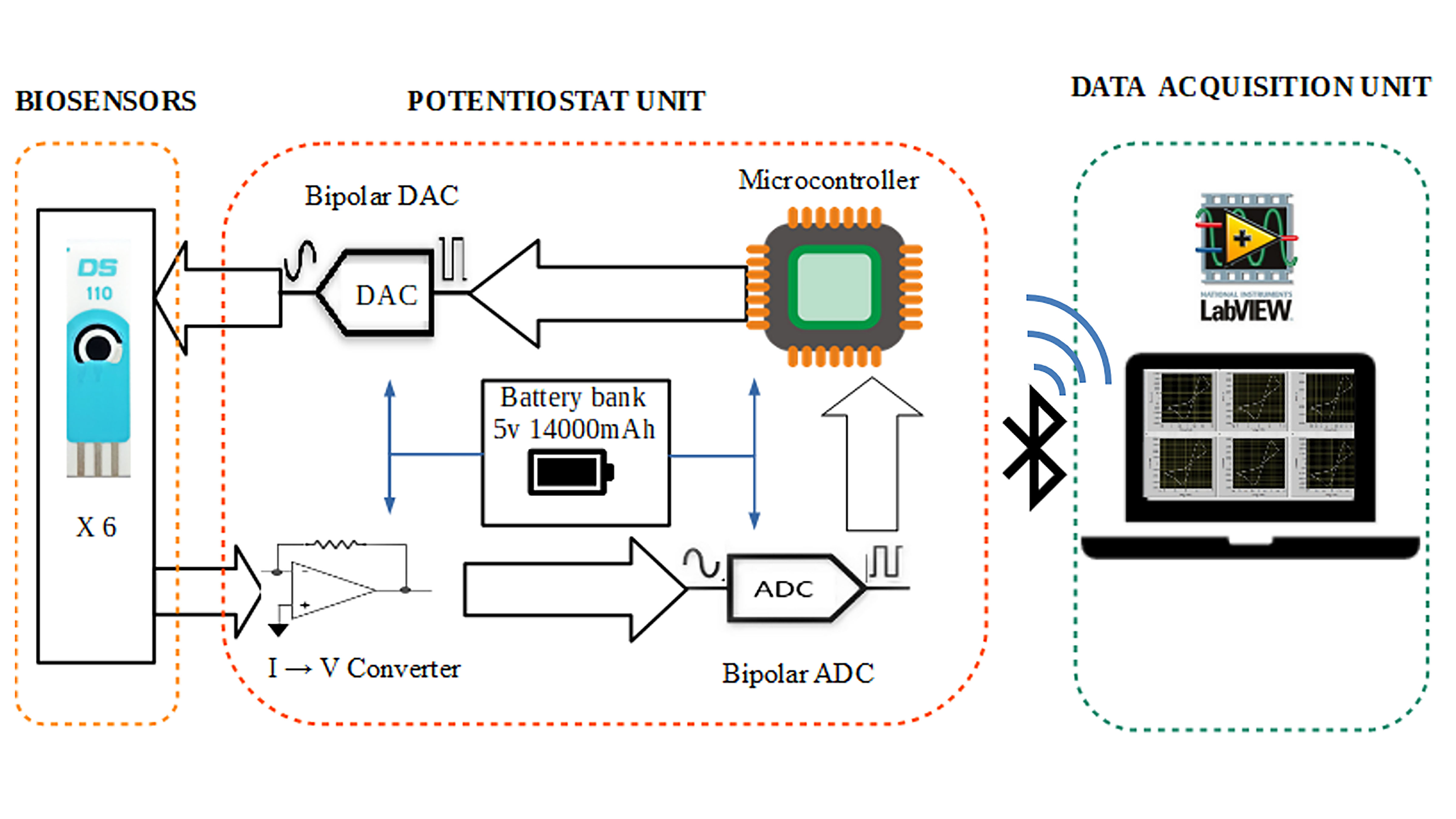
Bluetooth-Enabled Device Detects Fermentation Process Over Days
Electrochemical reactions include the transformation of sugars into alcohol and carbon dioxide, and similar processes occur when the body breaks down food, drugs or other compounds. Monitoring these metabolic processes helps in testing, studying and combating disease, but they are difficult to study with normal equipment. In this week’s Review of Scientific Instruments, researchers discuss their work with a miniaturized potentiostat, which is compatible with most 3-electrode biosensors and can transmit its measurements via Bluetooth.

A Gut-to-Brain Circuit Drives Sugar Preference and May Explain Sugar Cravings
The sensation of sweetness starts on the tongue, but sugar molecules also trip sensors in the gut that directly signal the brain. This could explain why artificial sweeteners fail to satisfy the insatiable craving for sugar.
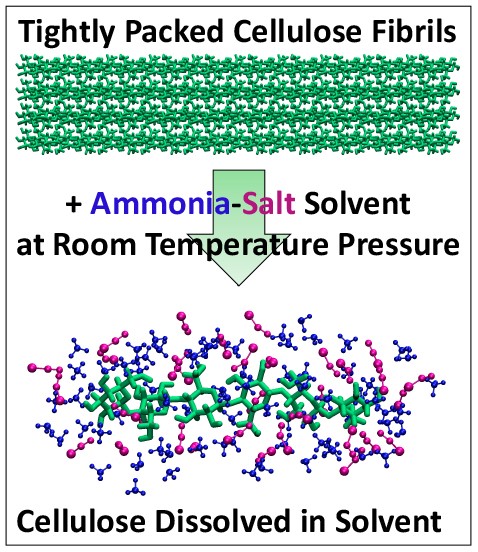
How to Make it Easier to Turn Plant Waste into Biofuels
Researchers have developed a new process that could make it much cheaper to produce biofuels such as ethanol from plant waste and reduce reliance on fossil fuels. Their approach, featuring an ammonia-salt based solvent that rapidly turns plant fibers into sugars needed to make ethanol, works well at close to room temperature, unlike conventional processes, according to a Rutgers-led study in the journal Green Chemistry.

Automated technique helps identify cancer cell metabolism inhibitors
UCLA Jonsson Comprehensive Cancer Center researchers have developed a new automated method for testing hundreds of molecules at a time to find out which ones block cancer cells from consuming glucose — the sugars they need to spread and grow.
University of Chicago scientists unveil the secret of cancer-associated Warburg effect
A new study, led by researchers at the University of Chicago, provides an answer to why cancer cells consume and use nutrients differently than their healthy counterparts and how that difference contributes to their survival and growth.